“The bags function as a miniature on-the-move A&E unit but are right by the patient’s side when they are fighting for survival.”
Two days for the critical care team at the Great North Air Ambulance Service (GNAAS) are never the same.
And, when GNAAS is called out to a critically ill patient, seconds count so it is vital the crew is prepared for anything that they may face.
But, how do they do it?
It is the team of skilled clinicians, the pioneering training and the ground-breaking kit that all work together to help to deliver the life-saving treatment that patients receive at the roadside.
Here, we take an in-depth look at the £36,000 state-of-the art equipment bags the team carry when called-out to each and every incident.
So, what’s in these bags and why are they so special?
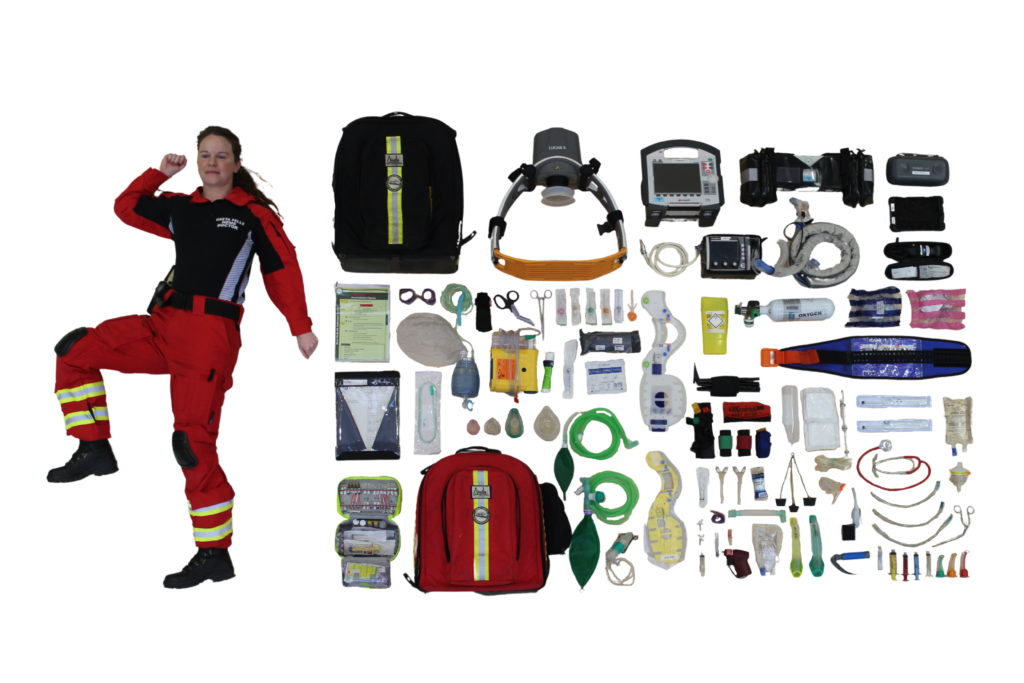

The bags function as a miniature on-the-move A&E unit but are right by the patient’s side when they are fighting for survival.
The bags are formed from two very different materials. The monitoring bag has a highly complex carbon-fibre exoskeleton structure, which not only gives the bag shape but means we can store the very expensive ventilator and monitoring equipment safely and with protection to the devices themselves.
This bag is transferrable between the car and aircraft, so regardless of how the team responds, they can take this bag with them and know the equipment is safe, ready to use, and in an organised and efficient setup.
There is always the potential of having to go to patients in rural places, and these bags mean they can have everything they need while being by the side of a patient.
The team wanted to take everything, but they weren’t humanly capable of doing so, so they developed a way of carrying everything safely.


The bags are a modular system comprising of two main bags, a monitoring bag, and a procedure bag.
The procedure bag which is the red bag costs £1,727 and the black bag which contains all the monitoring kit makes up the remaining cost.
They are also supported by small modules that can be clipped to each bag to change its operational capability like for paediatric and obstetric incidents.
The bags are used on every job they attend, from serious head injuries to large road traffic collisions. In situations like this, the new bag system will save lives and justifies the time, cost, and collaborative approach to getting it right. In their field of practice, minutes count, and minutes can and do mean the difference between life and death.
@gnairambulance You asked, we delivered! Here’s a deep-dive into our red kit bag… 👀 #medical #bag #medicalequipment #airambulance #behindthescenes #fyp
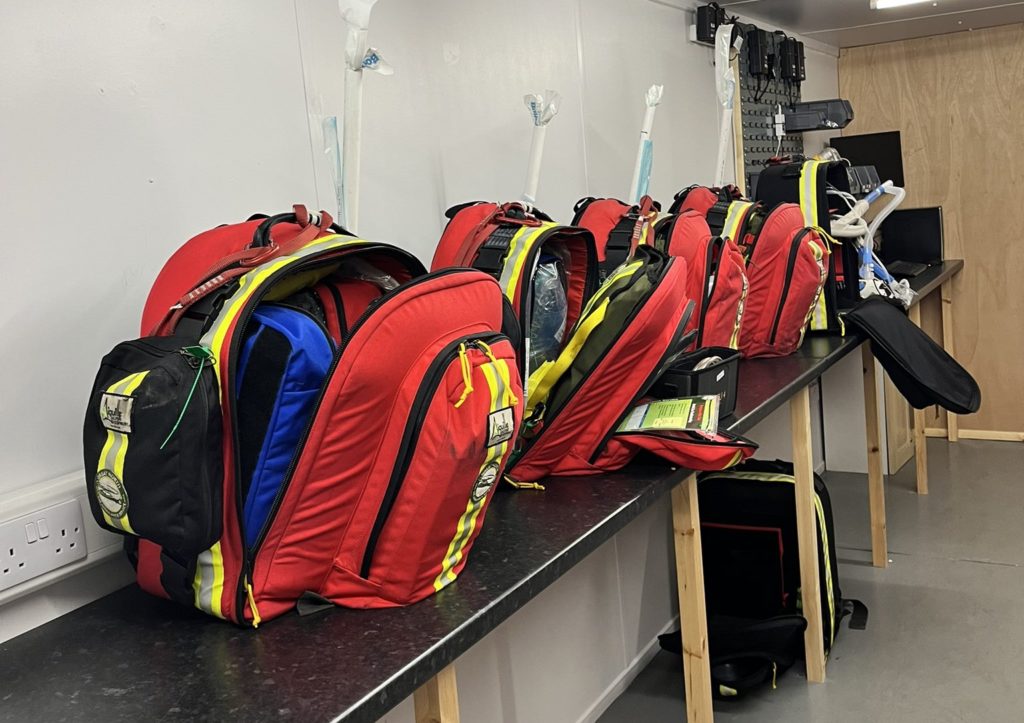

Just some of the life-saving equipment you will find inside the two bags that help to save the lives of patients are:
A ventilator for protective ventilator strategies for those patients who are critically ill.
The MEDUMAT ventilator is a flexible and reliable device that can be used at all times and in any environment. Whether you are at the scene of an emergency, in an ambulance or helicopter, or at the hospital, it allows us to carry out our work.
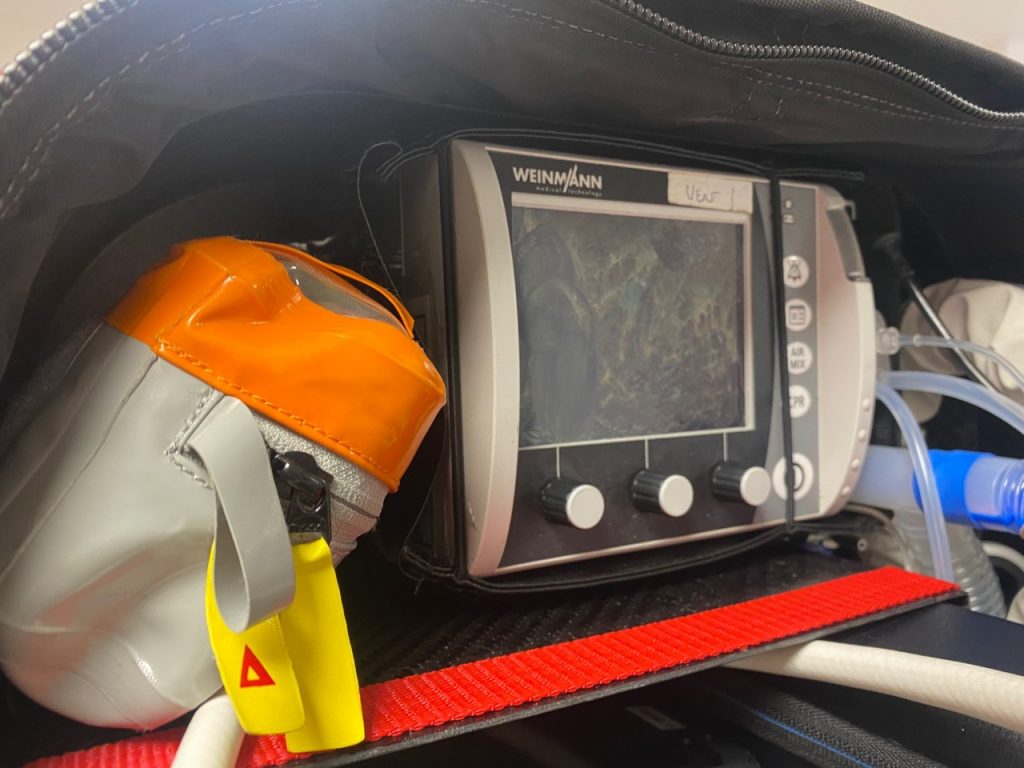

It’s an oxygen-driven ventilator, meaning that the pressure from the oxygen cylinder helps to drive a mix of oxygen and air into the patient’s lungs, taking over their need to breathe.
This is most often achieved after pre-hospital emergency anaesthesia.
The ventilator is used for a whole host of injuries, but it is most often used for traumatic brain injuries.
Other things include; a significant chest injury, acute onset medical problems, or humanitarian reasons when someone is so badly injured, and it’s important to relieve that stress and anxiety for them and allow them to sleep through their ordeal.
It costs around £15,000 for the basic model, with the associated running costs per patient for infection control purposes at approximately £250.
The kit bags also contain a butterfly scanner which was introduced back in 2019, bringing with it a whole new era of healthcare.
The Butterfly’s ultrasound technology is an advancement on the traditional ultrasound. This allows us to alter the software to suit the body region and vessels we are looking for.
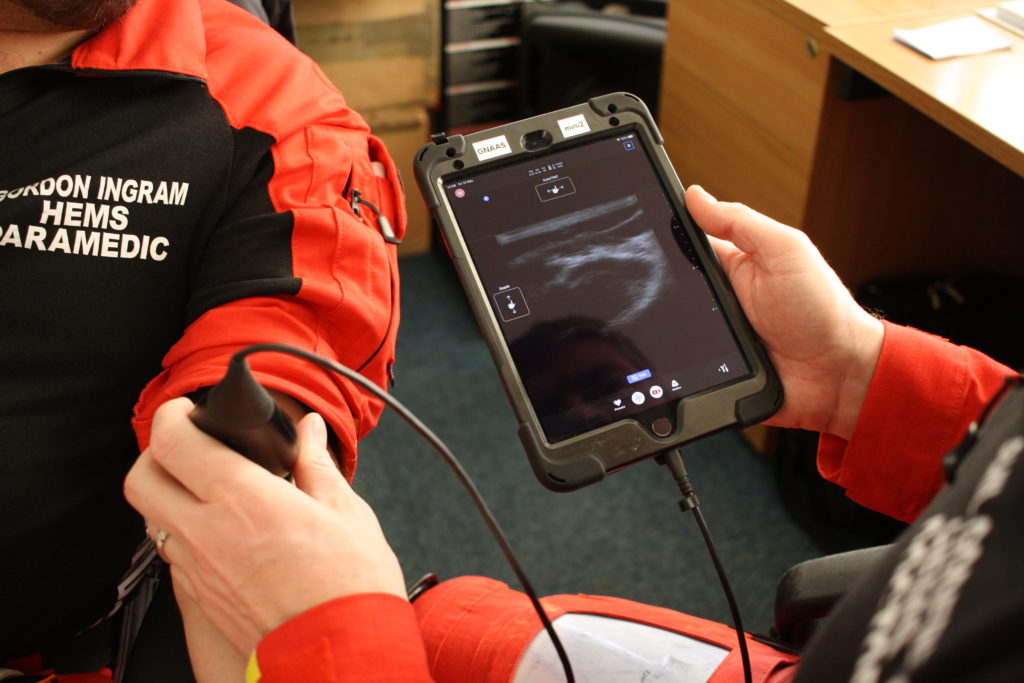

We can use it to look at several different body systems. In terms of the cardiovascular system, it allows us to look at arteries and veins and find out if blood is where it shouldn’t be.
For the respiratory system, we can check that the lungs are working and if there is any air where it shouldn’t be. We can also look during what we think could be a cardiac arrest to see the heart itself and whether the muscles are pumping blood.
This kit costs in the region of £2,000 for the scanner, then it connects to an iPad mini which is another cost, and then there’s an annual licence on the software of £1,000.
This licence covers all the scanners GNAAS will use.
GNAAS started carrying blood on board all its flights in 2015. The innovation made an instant impact, saving lives across our region. But in the spirit of progress, we wanted to improve the way transfusions were delivered, and so in 2018, we introduced the MEQU blood warmer, which saves even more time, thus even more lives.
@gnairambulance You asked, we delivered! Here’s a deep-dive into our red kit bag… 👀 #medical #bag #medicalequipment #airambulance #behindthescenes #fyp
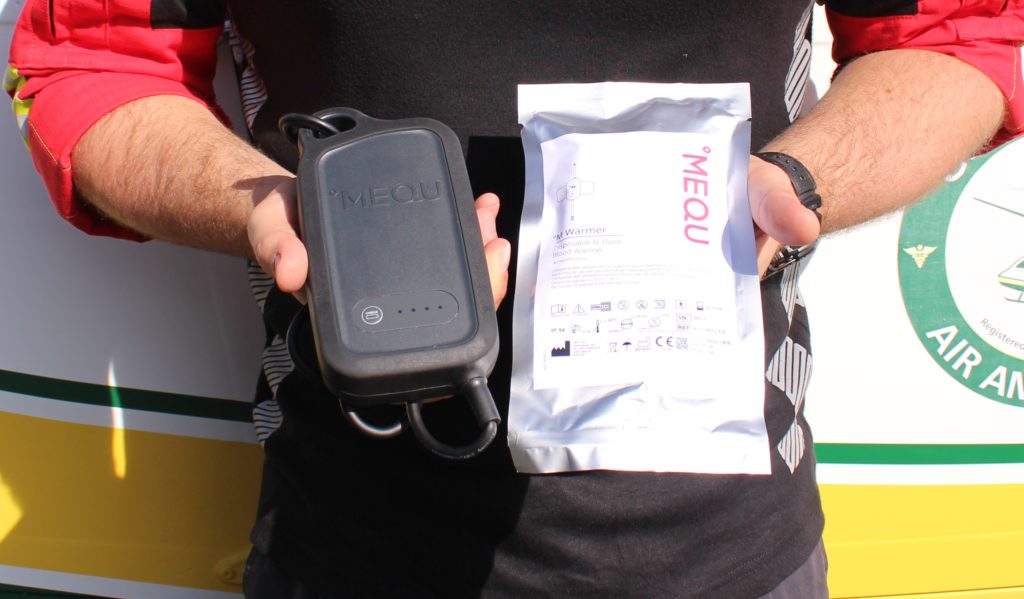

The MEQU warmers can warm up blood from cold to body temperature within seconds, making it safe to give to the patient and help prevent hypothermia and the complications from hypothermia.
The blood warmer essentially takes thawed plasma and red blood cells from very cold to body temperature or just over, so when we give blood it doesn’t cool the patient it warms them slightly.
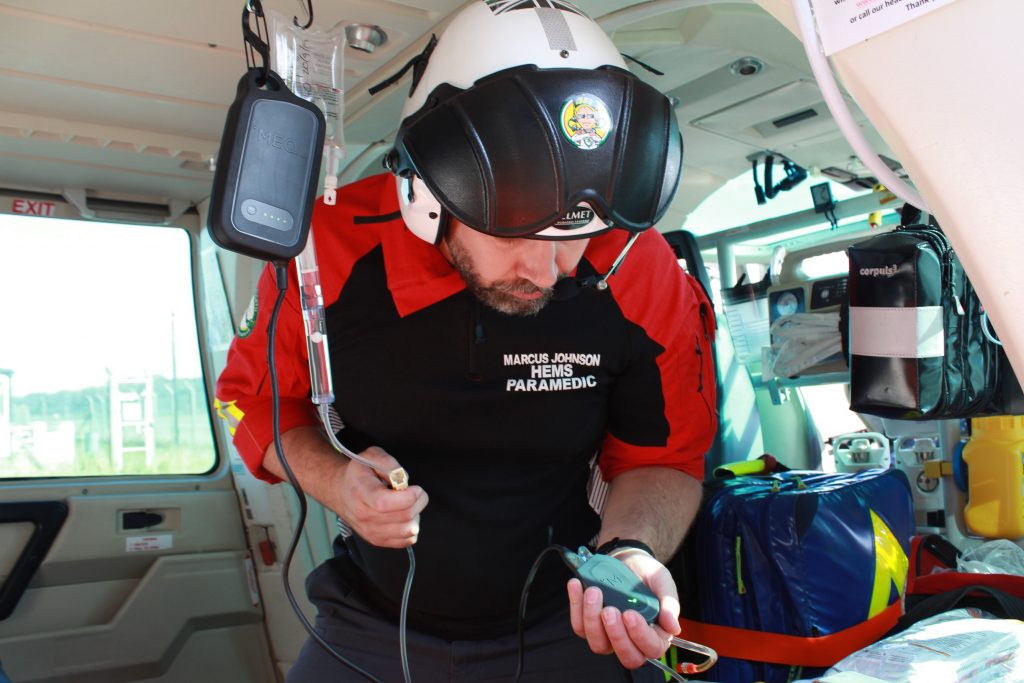

Red blood cells carry oxygen around the body and plasma contains the clotting factors, which are proteins that make a blood clot and can stop bleeding. Together they equate more or less to whole blood.
The small single-use warmer is attached to the patient next to their intravenous (IV) entrance, and the blood warming battery is attached to the stretcher they’re on, so it means that there is a reduced risk of pulling out the catheter.
Now that you have some more information about the important life-saving equipment these bags contain, you’ll understand how essential they are for our crew to take with them on every mission and how necessary it is that we have the funding to continue re-stocking them.
This is where you can help; with your generosity, we can make sure that our crew have this life-saving equipment on every mission and are using the latest technology.
@gnairambulance You asked, we delivered! Here’s a deep-dive into our red kit bag… 👀 #medical #bag #medicalequipment #airambulance #behindthescenes #fyp



